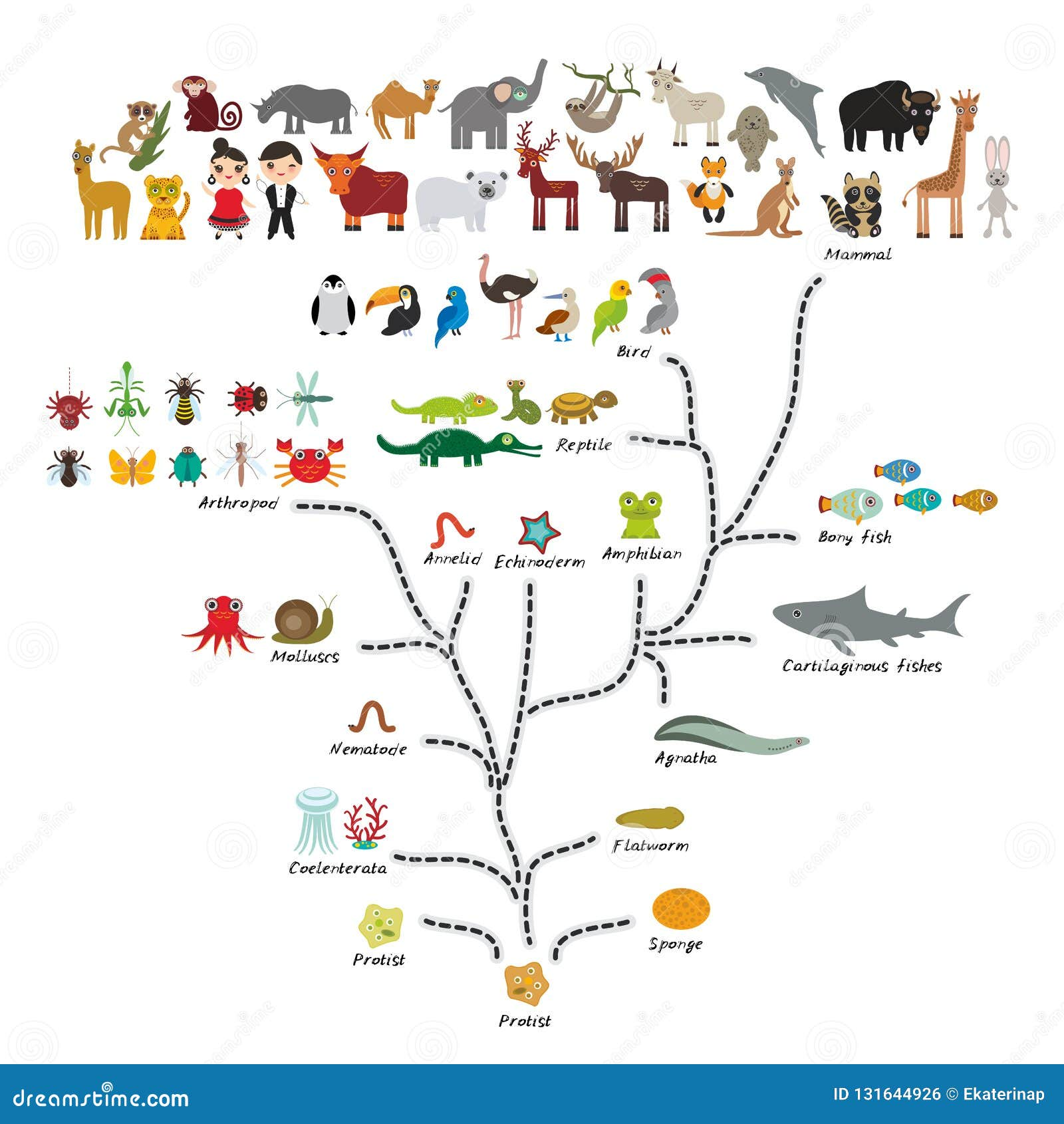Evolutionary biology explores the fascinating processes that have shaped life on Earth, revealing how organisms adapt and diversify over millions of years. Central to this field is the interplay between oxygen production via photosynthesis evolution and its consumption through aerobic metabolism. Notable events, such as the Great Oxidation Event, mark significant shifts in Earth’s atmosphere, prompting changes in how life forms evolved. Recent research sheds light on intriguing molecules like methyl-plastoquinone, highlighting the diverse quinone structures that play critical roles in both photosynthetic and respiratory pathways. By unraveling these connections, evolutionary biology not only answers timeless questions about our origins but also enhances our understanding of contemporary life forms.
The captivating field of evolutionary science delves into the mechanisms through which life transforms and adapts. It considers critical phenomena such as the evolution of photosynthetic processes, which enabled early organisms to harness sunlight and produce oxygen. This is intricately linked to the development of aerobic metabolism, a vital process that utilizes oxygen for energy production. Significant historical shifts, including the Great Oxidation Event, underscore the importance of oxygen in shaping life’s evolution. Furthermore, the discovery of unique compounds like methyl-plastoquinone exemplifies the rich biochemical diversity that evolved alongside these processes, highlighting the interconnectedness of life’s history.
Understanding the Origins of Photosynthesis
Photosynthesis is one of the most critical biological processes on Earth, allowing plants and algae to convert sunlight into energy while producing oxygen as a byproduct. The evolution of photosynthesis marks a significant chapter in the history of life, particularly during the Great Oxidation Event around 2.3 billion years ago. This transformative period saw cyanobacteria, a type of algae, thriving in ancient oceans and releasing vast amounts of oxygen that changed the atmosphere and paved the way for aerobic organisms. With the rise of oxygen levels, new metabolic pathways emerged, thereby facilitating the rise of complex life forms that rely on oxygen for energy production.
The evolutionary journey of photosynthesis, however, is not a straightforward narrative. Recent discoveries related to the chemical structure of quinones, particularly methyl-plastoquinone, have highlighted the complexity of this process. This molecule, which exhibits features typical of plant photosynthesis, was found in nitrogen-utilizing bacteria, suggesting that the ability to utilize oxygen may have predates the existence of cyanobacteria. As scientists continue to unravel the connections between photosynthesis and aerobic metabolism, it becomes increasingly evident that these processes may have evolved simultaneously, pointing to a much more intricate relationship in Earth’s early biochemical evolution.
Frequently Asked Questions
What role did photosynthesis evolution play in the Great Oxidation Event?
Photosynthesis evolution played a critical role in the Great Oxidation Event (approximately 2.4 billion years ago), as cyanobacteria developed the ability to produce large quantities of oxygen through photosynthesis. This significant increase in oxygen levels allowed for the emergence of aerobic metabolism in other organisms, fundamentally altering Earth’s atmosphere and ecosystems.
How does aerobic metabolism relate to the evolution of photosynthesis?
Aerobic metabolism, which relies on oxygen for energy production, is believed to have evolved alongside the advent of oxygen-producing photosynthesis. The findings regarding molecules like methyl-plastoquinone suggest that certain bacteria may have developed mechanisms to utilize oxygen even before significant photosynthesis occurred, indicating a complex interplay in the evolutionary timeline.
What is methyl-plastoquinone and why is it important in evolutionary biology?
Methyl-plastoquinone is a type of quinone molecule found in both bacteria and plants, which appears to serve as a missing link between oxygen production in photosynthesis and oxygen consumption in aerobic metabolism. Its discovery highlights the evolutionary connections and adaptations among different life forms, emphasizing how early organisms might have interacted with oxygen long before the Great Oxidation Event.
How did the discovery of methyl-plastoquinone impact our understanding of the evolution of life?
The discovery of methyl-plastoquinone has reshaped our understanding of the evolutionary timeline, suggesting that aerobic bacteria and photosynthetic cyanobacteria may have co-evolved. This challenges the traditional view of a linear progression from photosynthesis to aerobic metabolism, indicating that both could have developed simultaneously, fostering the diversification of life on Earth.
What is the significance of quinone structure diversity in the context of evolutionary biology?
Quinone structure diversity is significant in evolutionary biology because it reflects the adaptive responses of organisms to their environments. The variations in quinone types, such as those used by plants for photosynthesis versus those in animal mitochondria for aerobic metabolism, illustrate how life forms have evolved distinct biochemical mechanisms that contribute to their survival and ecological roles.
| Key Concepts | Details |
|---|---|
| Research Focus | Accidental discovery related to the evolution of oxygen production and consumption. |
| Main Question | Which came first: photosynthesis (oxygen production) or aerobic metabolism (oxygen consumption)? |
| Key Discovery | Methyl-plastoquinone, a potential missing link molecule. |
| Historical Context | Links to the Great Oxidation Event (2.3 to 2.4 billion years ago) when significant oxygen production began. |
| Implications | Suggests that some bacteria could use oxygen before cyanobacteria began producing it. |
| Biochemical Importance | Understanding of cellular respiration and the evolution of life. |
| Research Funding | Partially funded by the U.S. National Science Foundation. |
Summary
Evolutionary biology seeks to understand the complex relationships and developments of living organisms over time. Through recent discoveries, such as the accidental finding of methyl-plastoquinone, new insights are gained regarding the simultaneous emergence of oxygen production in photosynthesis and its consumption through aerobic metabolism. This ongoing research highlights pivotal moments in Earth’s history, illustrating how the adaptations necessary for aerobic metabolism have paved the way for diverse life forms as we know them today.
